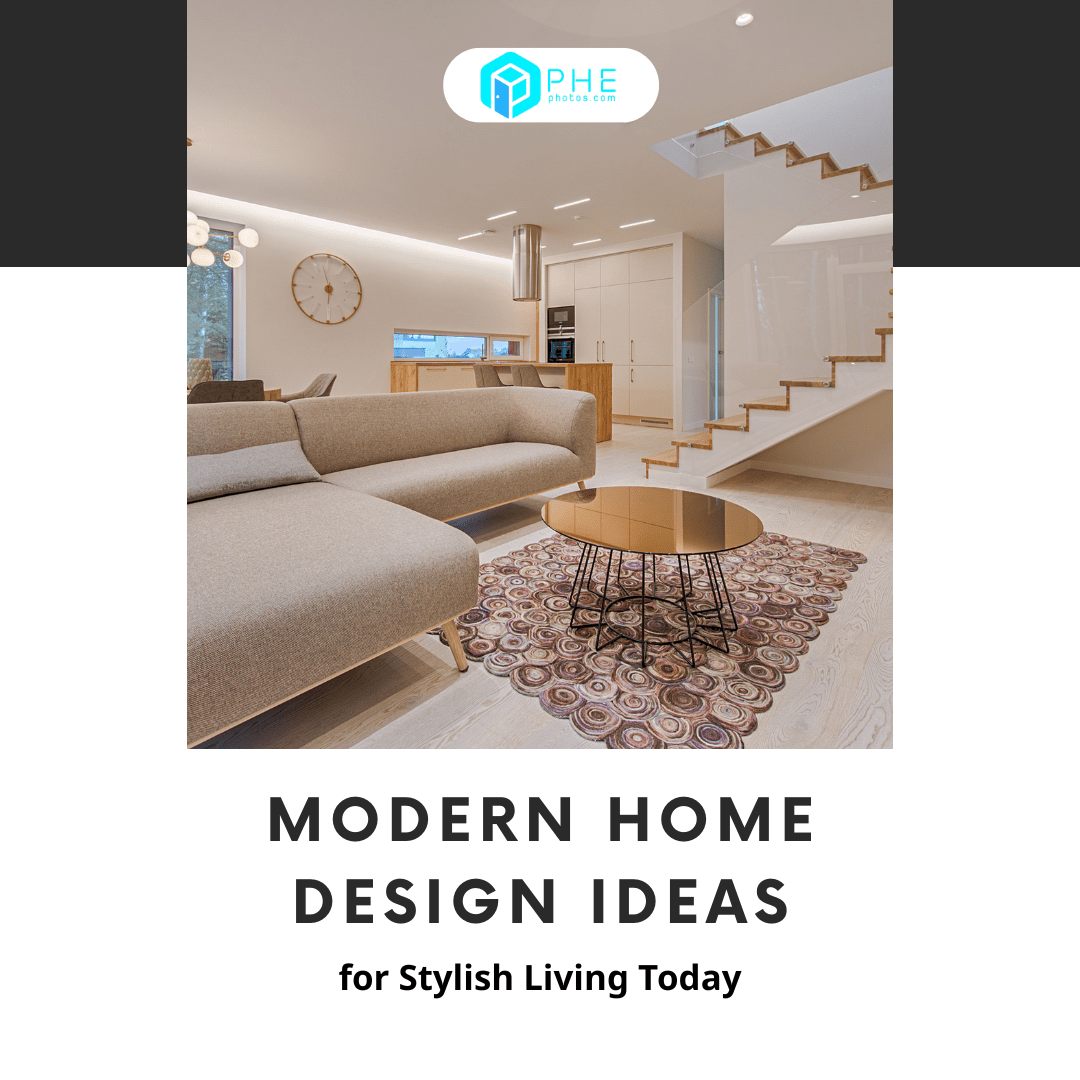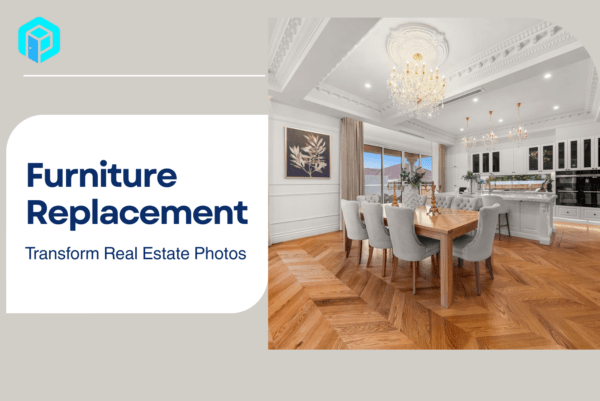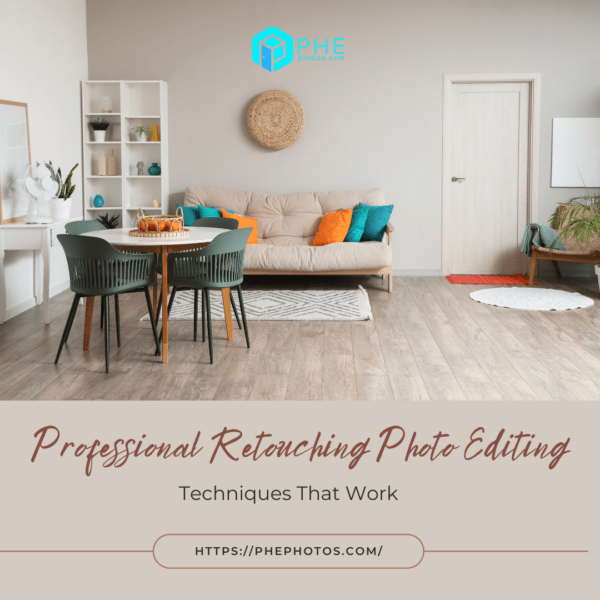Modern Home Design Ideas for Stylish Living Today
Home design is never static. It shifts as our lives, technology, and values evolve. In 2025, the conversation is less about chasing perfect styles and more about creating homes that reflect real life. People want spaces that nurture, connect, and inspire.
The Rise of Nature Indoors
Bringing nature inside is no longer a trend—it’s a necessity. Large windows, skylights, and open floor plans are being reimagined to capture natural light. Plants aren’t just decoration; they are wellness tools, improving air quality and reducing stress. According to the American Society of Interior Designers, 71% of homeowners now value biophilic design when remodeling.
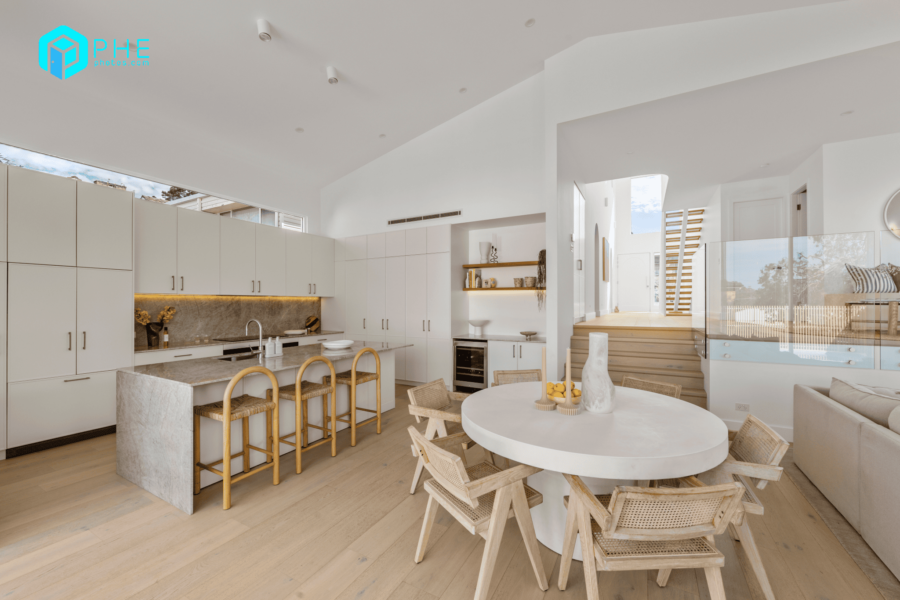
Earthy Tones with Personality
Color tells a story in every home. Warm beiges, soft creams, and muted greens are grounding backdrops. But they rarely stand alone. Designers are layering in bold accents—terracotta furniture, indigo rugs, or brass lighting. These combinations create balance: calm yet expressive. The shift away from sterile grays signals a move toward warmth and authenticity.
Curves, Comfort, and Flow
Angular furniture once dominated modern design. Now, curves are taking over. Sofas with rounded edges, arched doorways, and circular rugs soften interiors. Curves create movement and flow, encouraging relaxation. In a survey by Houzz in early 2025, 58% of homeowners preferred curved furnishings over straight lines. The appeal is simple: comfort matters.

Vintage and Personal Narratives
Minimalism once ruled, but it left many spaces feeling impersonal. Today’s home design embraces story. Vintage pieces, heirlooms, and flea market finds add character. The “grandmacore” movement—floral fabrics, patterned wallpaper, layered décor—has gained traction among younger homeowners. It’s not clutter for the sake of clutter. Instead, it’s about layering meaning into a space, creating a lived-in feel.
Sustainability at the Core
Sustainability has moved beyond buzzword status. Homeowners increasingly ask: Where did this material come from? Is it recyclable? Can it last? Eco-friendly flooring like cork and bamboo is popular. Low-VOC paints dominate remodels. Energy-efficient windows and LED lighting are no longer extras—they’re expectations. A 2025 Statista report shows 78% of U.S. homeowners consider sustainability important when renovating.
Blurring Indoor and Outdoor Living
Outdoor spaces are being treated as extensions of the home. Patios become living rooms. Balconies transform into small gardens. Sliding glass doors create seamless transitions. This indoor-outdoor connection is especially popular in urban areas, where access to nature feels limited. Architects note that outdoor kitchens, firepits, and lounge areas are in higher demand than ever.
Tech with Subtlety
Smart homes used to flaunt technology. Screens, wires, and gadgets dominated. In 2025, tech blends in quietly. Voice-activated lighting hides in sleek fixtures. Smart thermostats sit flush against walls. Charging pads are embedded into coffee tables. The goal is integration, not intrusion. Homeowners want convenience, but not at the expense of beauty.
Textures Tell Stories
Flat surfaces feel lifeless. Textures now define spaces. Woven baskets, plaster walls, and stone countertops add dimension. Material drenching—using the same finish across a room—creates immersive environments. Imagine a bathroom wrapped in warm-toned marble from floor to ceiling. It feels intentional, elegant, and comforting.
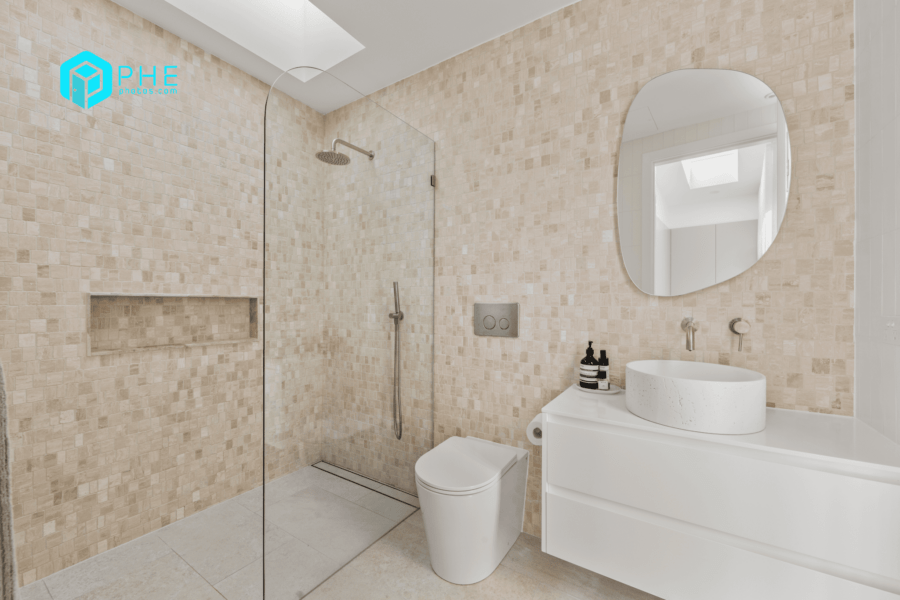
Bold Statements Without Overwhelm
Even with earthy palettes, bold choices thrive. Jewel-toned sofas, geometric light fixtures, or oversized art bring drama. The key is moderation. One bold statement in a room can transform the mood without chaos. Designers recommend using boldness as punctuation, not the entire paragraph.
Multifunctional Spaces
The home is no longer rigidly defined. Living rooms double as workspaces. Dining tables host laptops during the day. Guest bedrooms convert into gyms. This multifunctional mindset is driven by hybrid work culture and smaller housing footprints. According to Zillow, 47% of homeowners in 2025 remodel with flexibility in mind.
The Emotional Shift in Design
Perhaps the most important change is emotional. Home design is no longer about impressing others. It’s about how a space makes the owner feel. A calm bedroom matters more than a trendy kitchen. A personalized nook matters more than a showroom-perfect living room. Comfort, memory, and meaning are the new luxury.
Bringing It All Together
So, how can you apply these insights? Start with light and color. Choose tones that ground you. Next, add texture—through fabrics, wall finishes, or furniture. Layer in personal items, even imperfect ones. Integrate technology carefully, prioritizing function over flash. Finally, make sustainability your baseline. Small changes, like energy-efficient bulbs or reclaimed wood tables, ripple into meaningful impact.

Final Thoughts
Home design in 2025 is refreshingly human. It blends nature, memory, technology, and sustainability into spaces that feel alive. Trends provide inspiration, but the real design story is personal. Your home should reflect you—not a magazine cover. Create spaces that comfort, energize, and grow with you. That is the essence of modern home design.
Read more:
Modern Decor for Homes: A Photo-Friendly Guide
White Balance Photoshop Tips for Perfect Colors
How to Take Real Estate Photos Like a Pro

